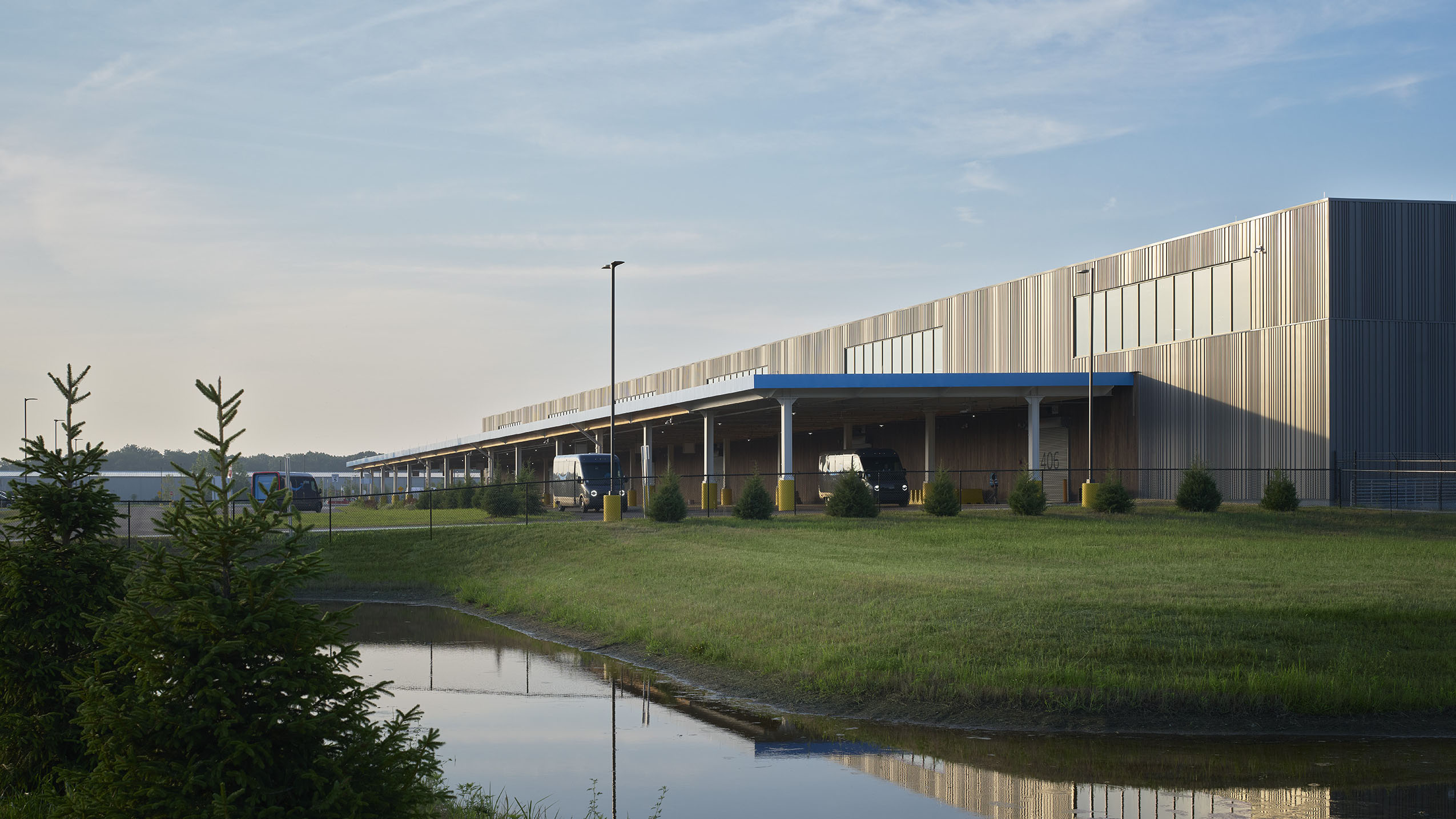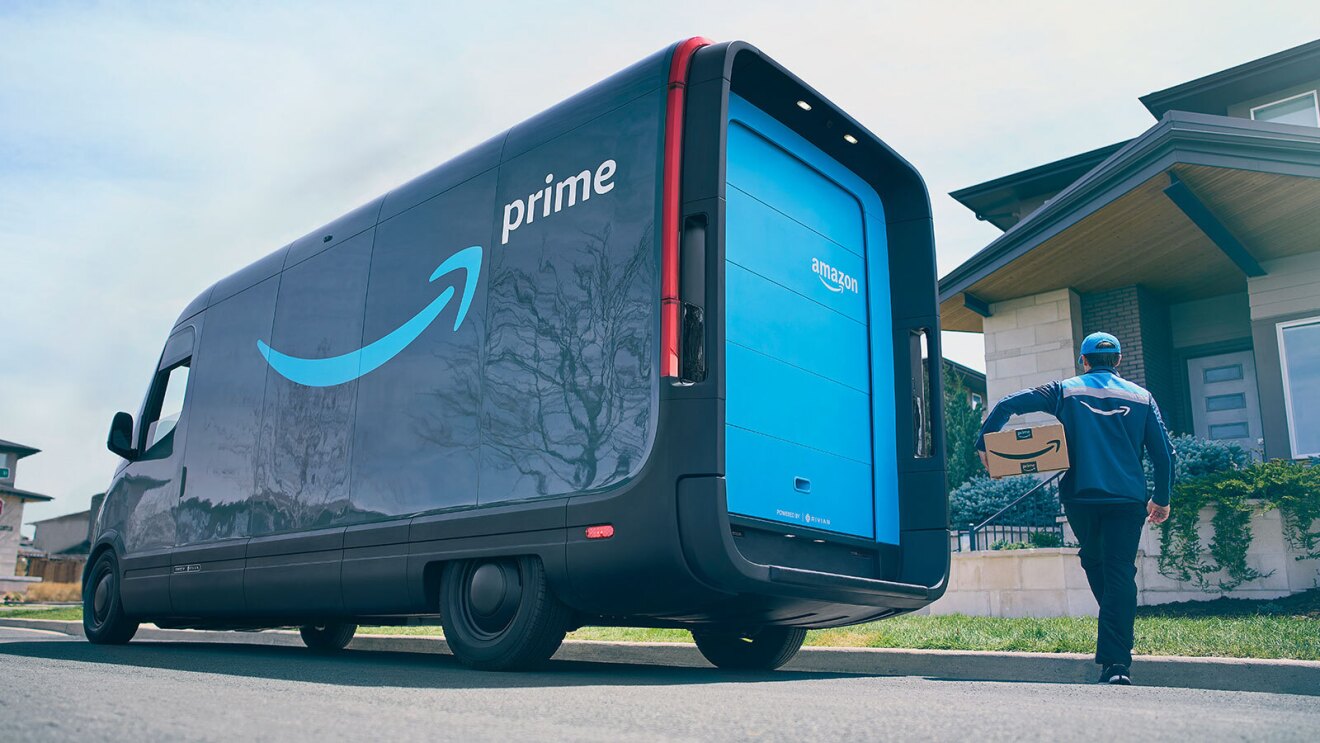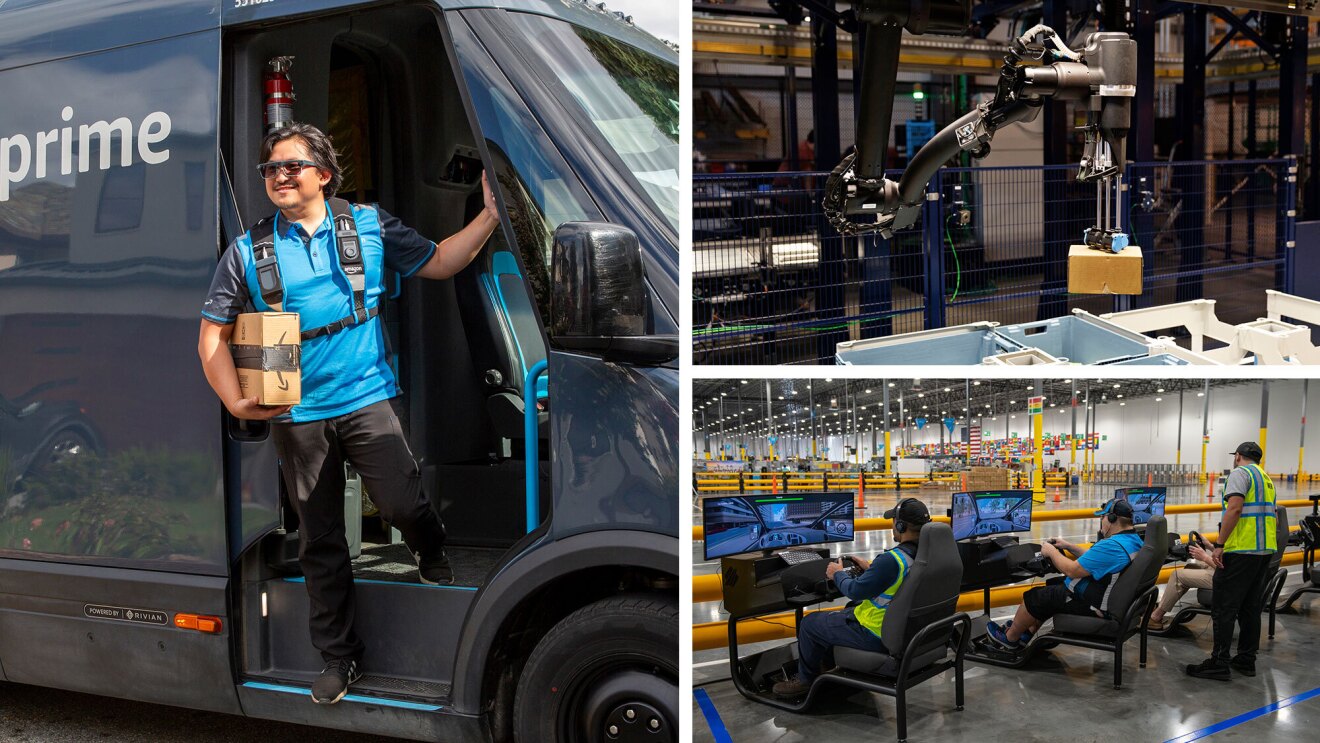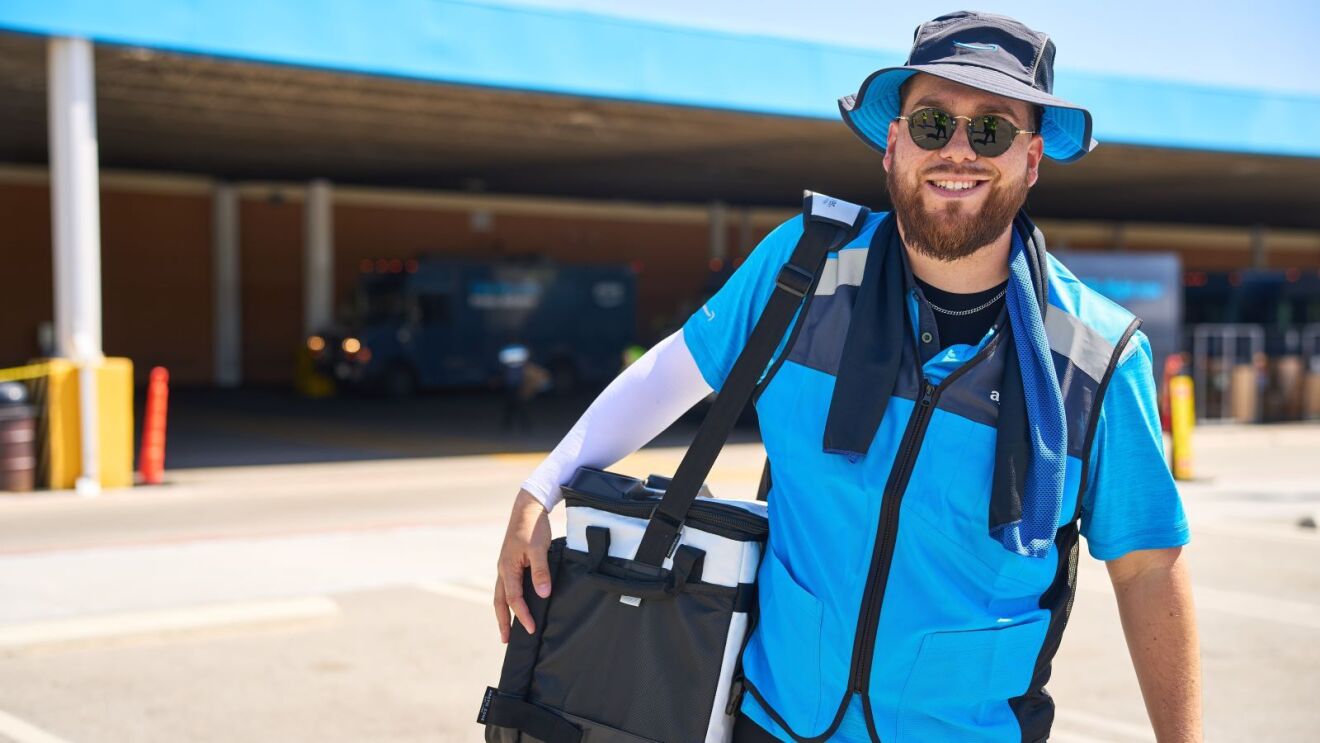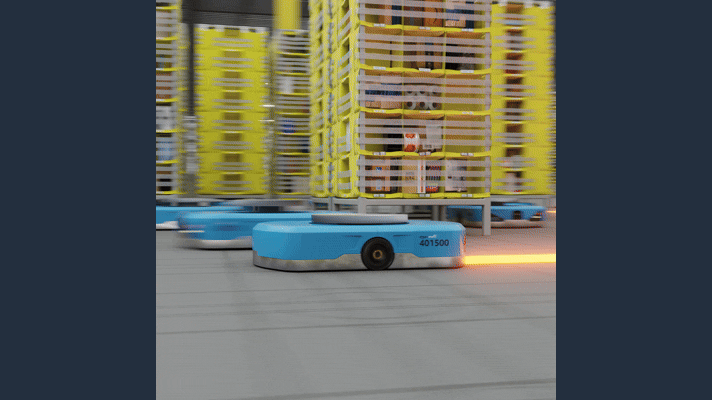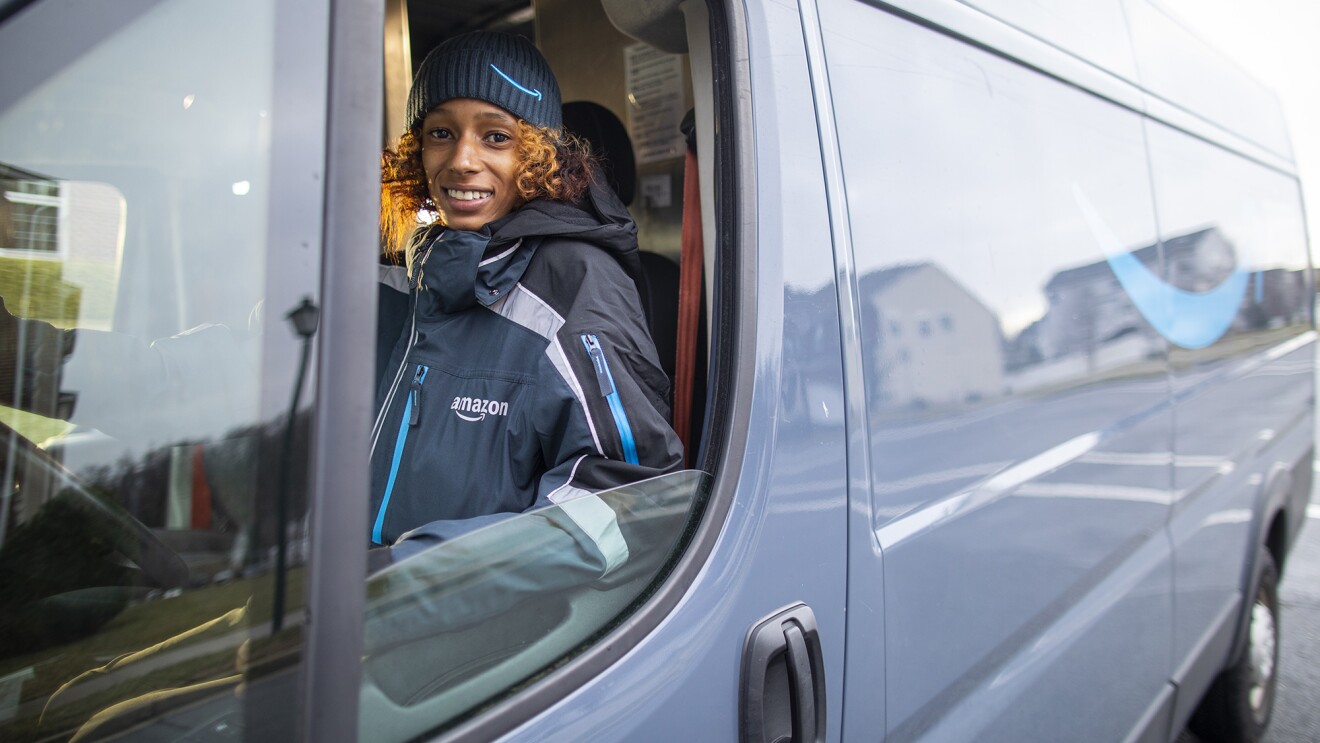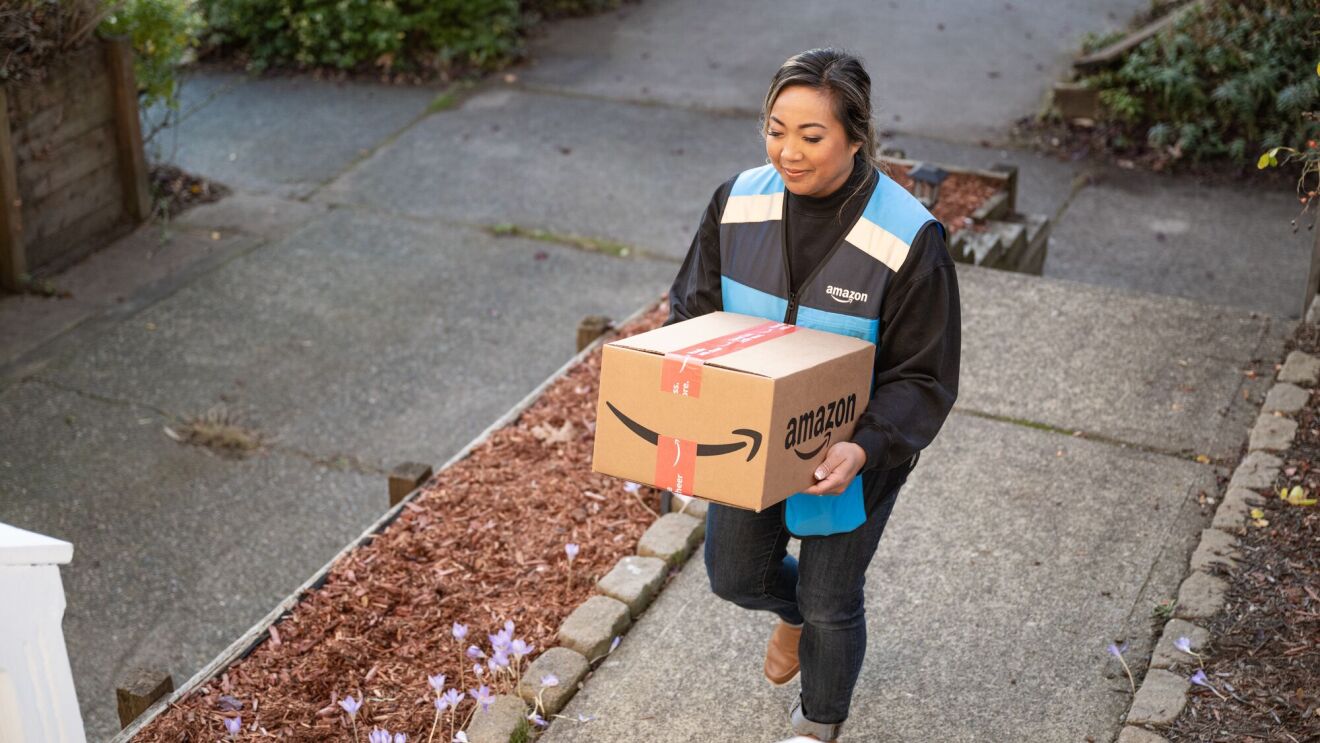Key takeaways
- Amazon has deployed more than 1 million robots across its operations network since 2012.
- Systems like Sequoia speed up inventory sortation, while packaging automation creates customer paper bags for orders.
- Robotic arms and drive units move items throughout fulfillment centers, helping reduce repetitive tasks.
Amazon Robotics was founded more than a decade ago when Amazon acquired Massachusetts-based Kiva Systems in 2012. Since then, Amazon has developed, produced, and deployed more than 1 million robots across its operations network.
The goal of robotics technology within Amazon’s operations is simple: pair employees with the right technology to make their workday safer, easier, and more productive, while delivering packages to customers faster than ever.
The scaling of these systems reached a new crescendo with the 2024 launch of Amazon’s next-generation, state-of-the-art fulfillment center in Shreveport, Louisiana, equipped with the latest innovations in robotics to support employees who package and deliver customer orders. This site uses eight different robotics systems that work in harmony to support package fulfillment and delivery.
Additionally, Amazon Web Services cloud computing infrastructure enables these robots to operate efficiently by storing and processing rich data generated by sensors, cameras, and machine processes. Amazon plans to scale these robotics systems to existing facilities across the network. This includes the integration of DeepFleet, a generative AI foundation model designed to make our entire fleet of robots smarter and more efficient, as well as Project Eluna, an agentic AI model used to help operators build a more efficient and safer workflow.
Follow along the journey of the package through the eyes of the 10 robots that are supporting the next generation of package fulfillment at Amazon.
1. Sequoia
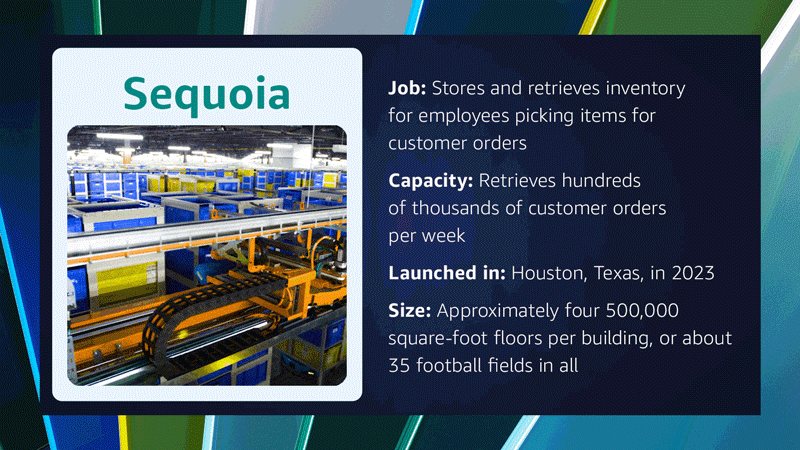
Before orders are fulfilled, Amazon’s sophisticated inventory planning system ensures the right products are in fulfillment centers near customers. Then, Amazon’s robotic system, Sequoia, uses AI, robotics, and computer vision systems to consolidate inventory and free up storage at the site to facilitate faster order transactions closer to our customers.
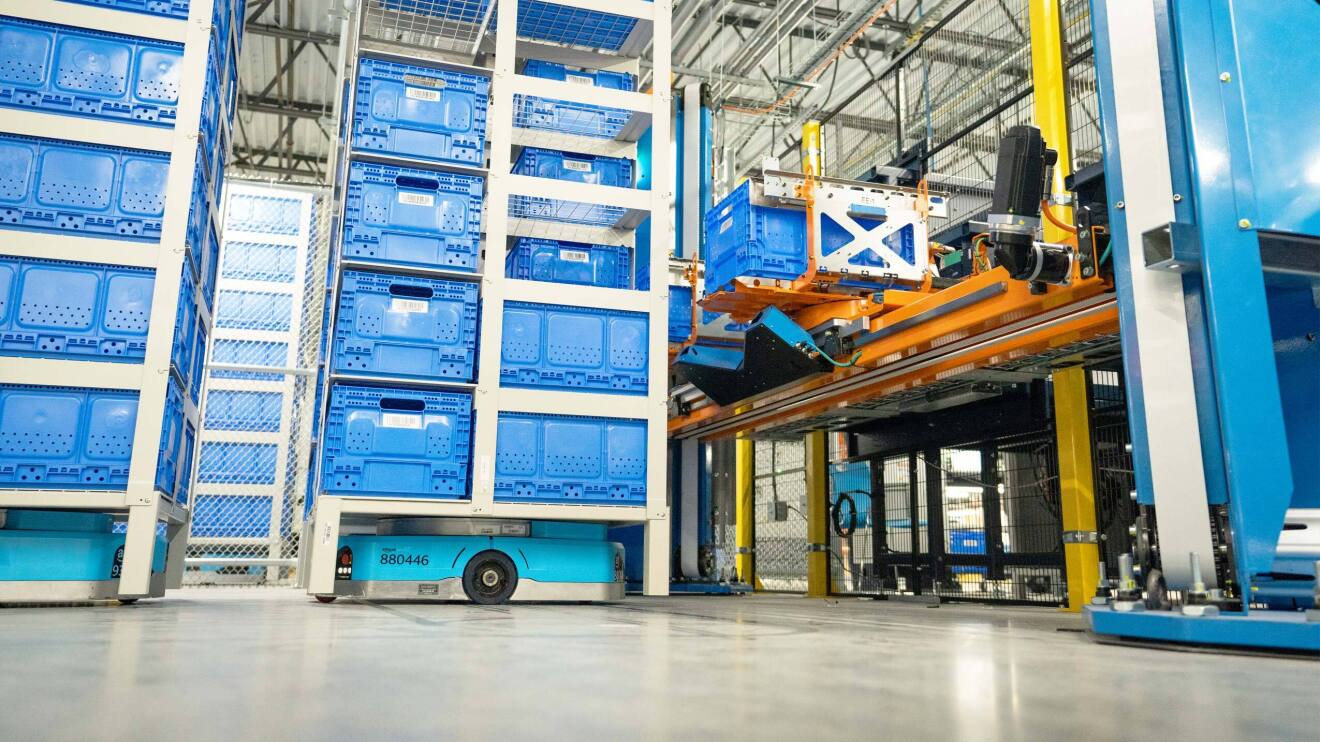
Sequoia enables Amazon to identify and store inventory up to 75% faster at our fulfillment centers. It works by having mobile robots transport inventory directly to a containerized storage system or to an employee picking out items for a customer order.
Inventory is transported directly to employees at a workstation ergonomically situated for their power zone (between mid-thigh and mid-chest height), mitigating the need for employees to reach above their heads or squat down, which can lead to common workplace injuries.
2. Hercules
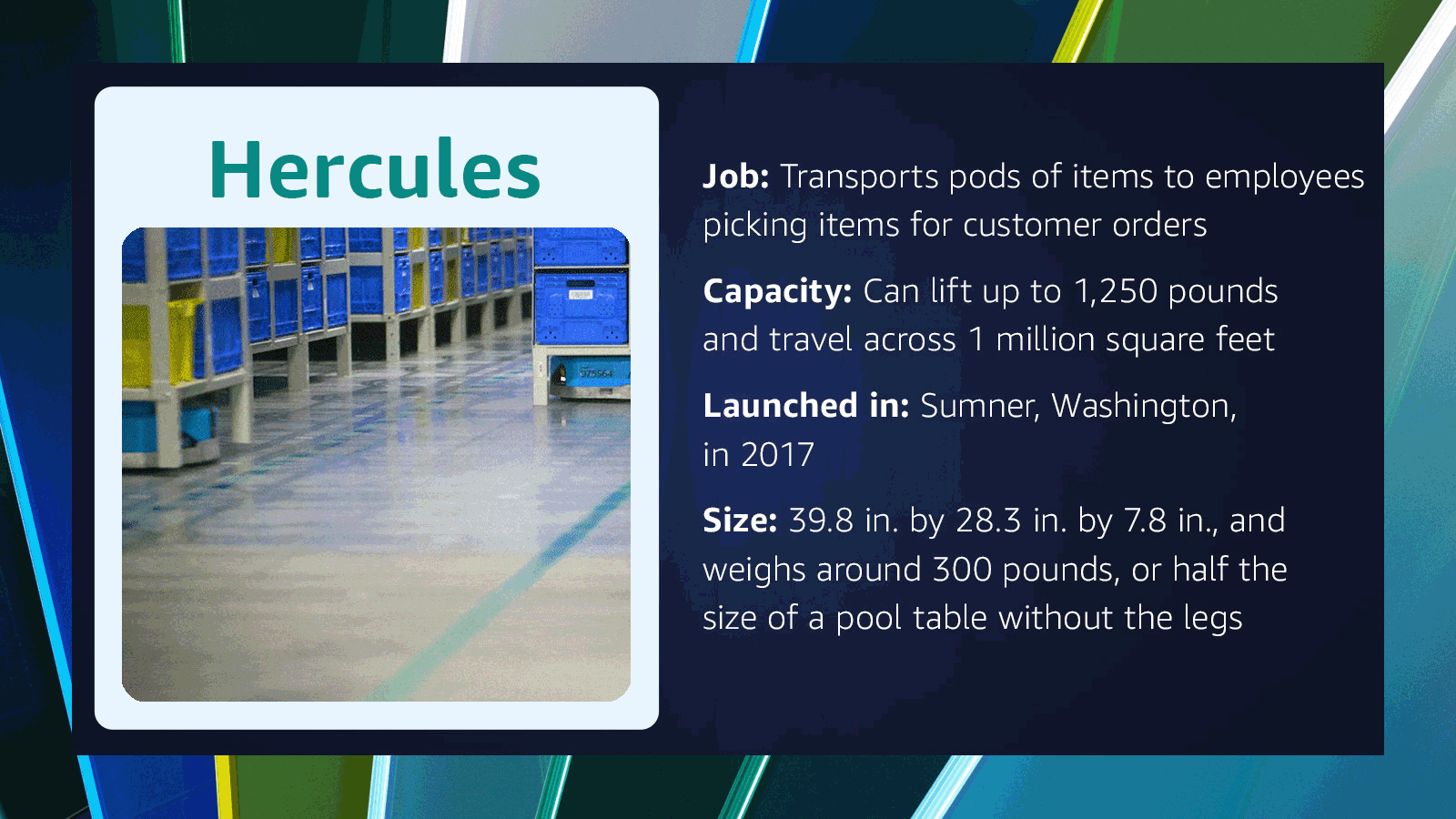
Next up, employees will use a variety of robotics systems to pick items for customer orders. Hercules is a drive unit that finds and brings pods of items from areas of the fulfillment center to employees who pick out items for customer orders before they are packaged.
Hercules makes key decisions about how it moves independently, but takes overall direction from centralized planning software. It then uses a forward-facing 3D camera to differentiate between people, pods, other robots, and other objects in its path to make safer decisions.
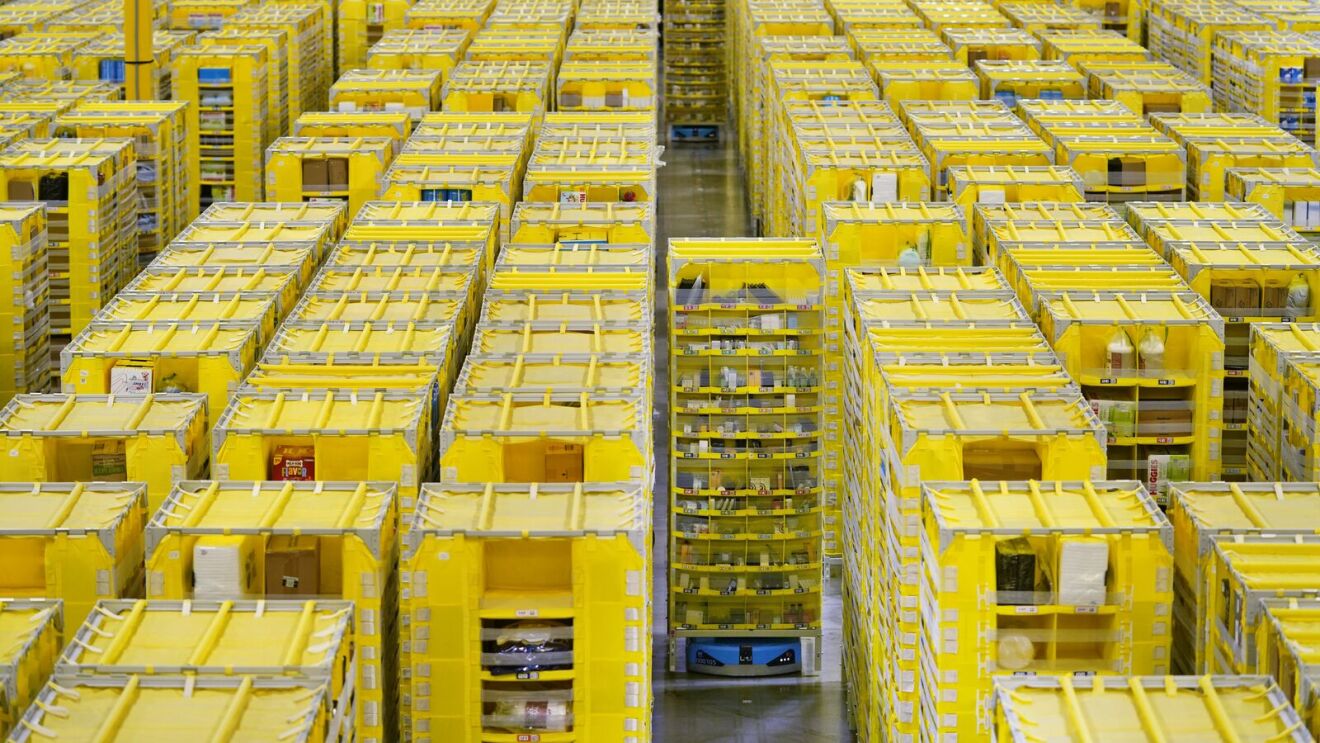
Hercules uses its camera to read a grid of encoded markers on the floor, which enables it to navigate, find its position, and locate any pod.
3. Titan
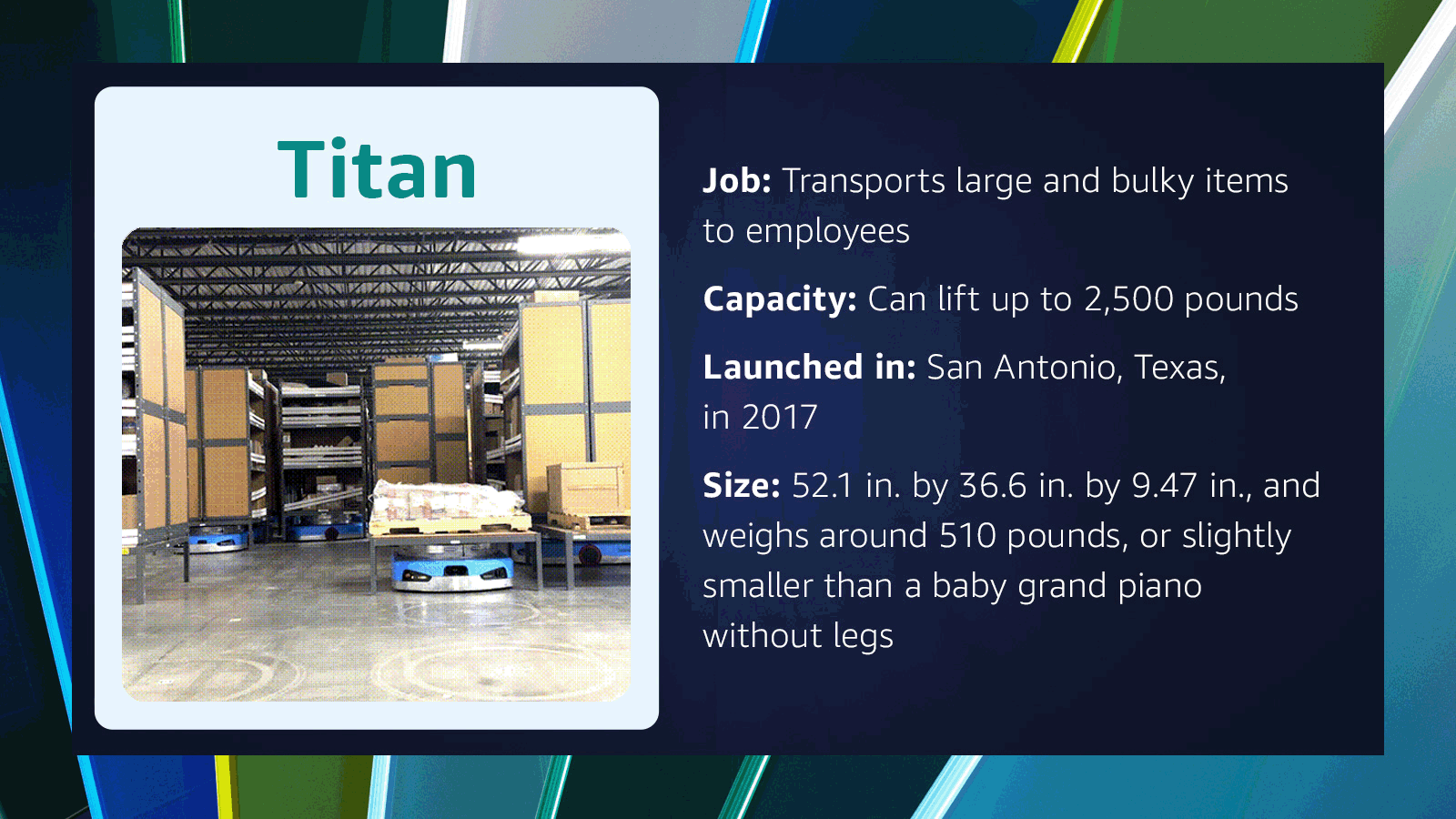
Similar to Hercules, Titan is another drive unit that brings items from across Amazon’s fulfillment centers directly to employees as they assemble customer orders. What’s special about Titan is that it can lift twice as much as Hercules, meaning it focuses on larger and/or bulkier items like small household appliances or pallets of food.

Titan picks up pods of totes and navigates through a restricted robotics floor using computer vision.
4. Vulcan

Vulcan is Amazon’s first robot with a sense of touch, representing a fundamental leap forward in robotics. Working alongside employees, the robot can pick and stow items at the highest and lowest level of inventory pods, creating a safer and easier job for our workers, while moving orders more efficiently.
Built on key advances in robotics, engineering, and physical AI, Vulcan can easily manipulate objects within inventory pods to make room for whatever it’s stowing, because it knows when it makes contact and how much force it’s applying and can stop short of doing any damage.
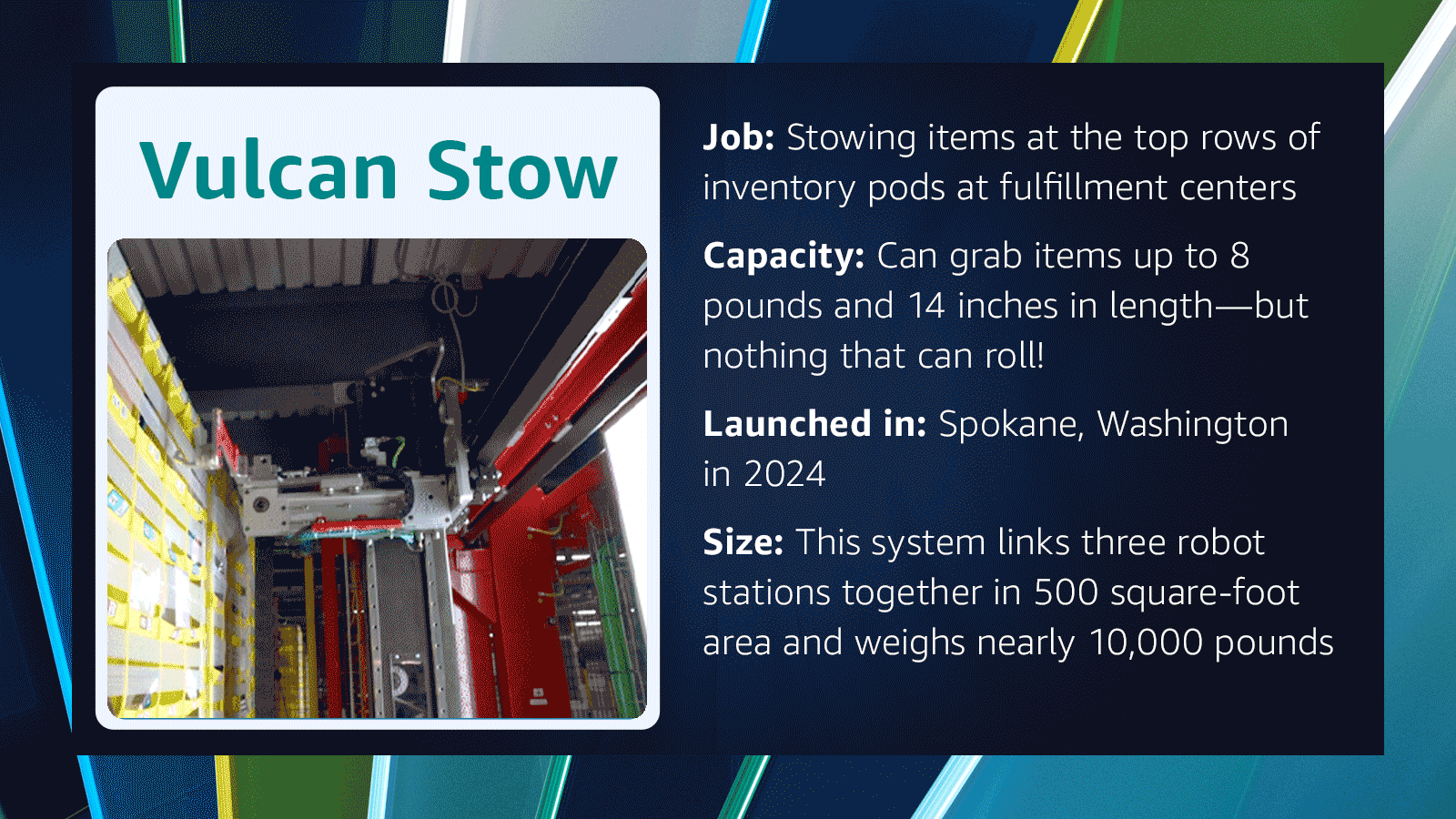
Vulcan uses an “end of arm tooling” (what you might call a hand) that resembles a ruler stuck onto a hair straightener to grab items, but can also understand how much force to apply when picking it up.
For picking items from those bins, Vulcan uses an arm that carries a camera and a suction cup. The camera looks at the compartment and picks out the item to be grabbed, along with the best spot to hold it by.
While the suction cup grabs it, the camera watches to make sure it took the right item. It also has the smarts to identify when it can’t move a specific item, and can ask a human partner to tag in, helping us leverage the best of what our technology and employees can achieve by working together.

Vulcan’s focus on the highest and lowest pods allows employees to work more efficiently in their ergonomic power zone instead of climbing up a ladder or crouching down. It can pick and stow approximately three quarters of all various types of items we store at our fulfillment centers and at speeds comparable to that our front-line employees. Vulcan works alongside our employees, and the combination is better than either on their own.
5. Blue Jay

Blue Jay is designed to dramatically speed up deliveries across Amazon's Same-Day delivery network. This ceiling-mounted robotic system functions like a highly coordinated assembly line, orchestrating multiple robotic arms that simultaneously pick, stow, and consolidate packages—all within a single harmonized workflow.
What makes Blue Jay exceptional is its ability to handle multiple fulfillment processes that would traditionally require separate systems. It's essentially a master juggler, precisely managing tens of thousands of packages at high speeds without dropping the ball.

Currently being tested in South Carolina, Blue Jay will help power Amazon's Same-Day Delivery sites thanks to its remarkable efficiency in moving inventory through facilities.
6. Sparrow

Sparrow is another robotic system that supports employees who aggregate items for customer orders. This robotic arm picks up and moves individual items from containers into specific totes to send off to employees before they’re packaged.

Sparrow uses computer vision and AI to identify the correct item and add it to the tote on its delivery journey.
7. Packaging Automation
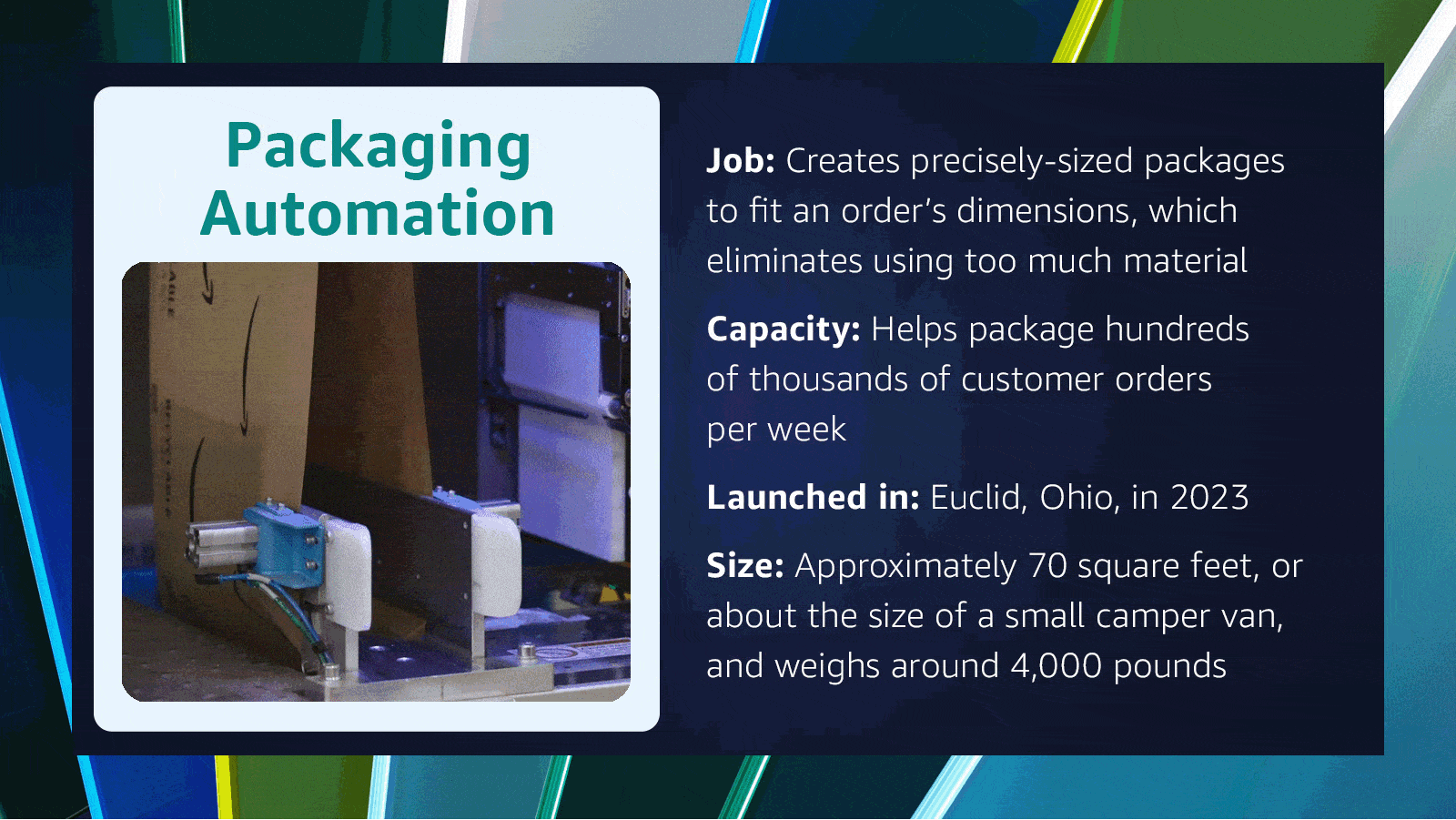
Once all the items for a customer order are selected, Amazon uses a variety of packaging innovation systems to pack up customer orders with sustainability in mind.
This machine originally created plastic bags, but has been retrofitted to create made-to-fit paper bags. It uses sensors to measure an order’s dimensions and then creates a correctly sized, protective bag using a more durable, weather-resistant paper and heat-sealing technology.
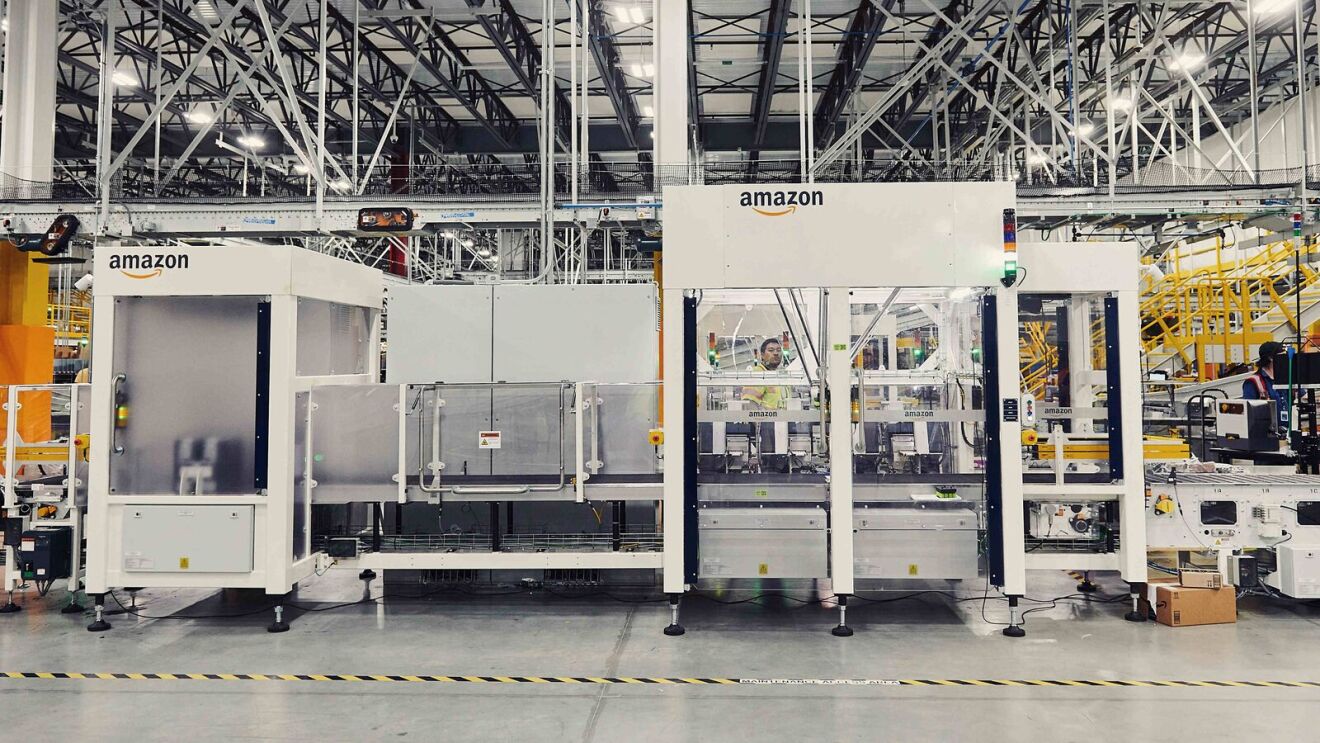
This technology allows us to use curbside recyclable materials so more customers can recycle at home. We have retrofitted more than 120 of these machines across the U.S. in more than 20 fulfillment centers, helping us avoid more than 130 million plastic bags this year.
8. Robin
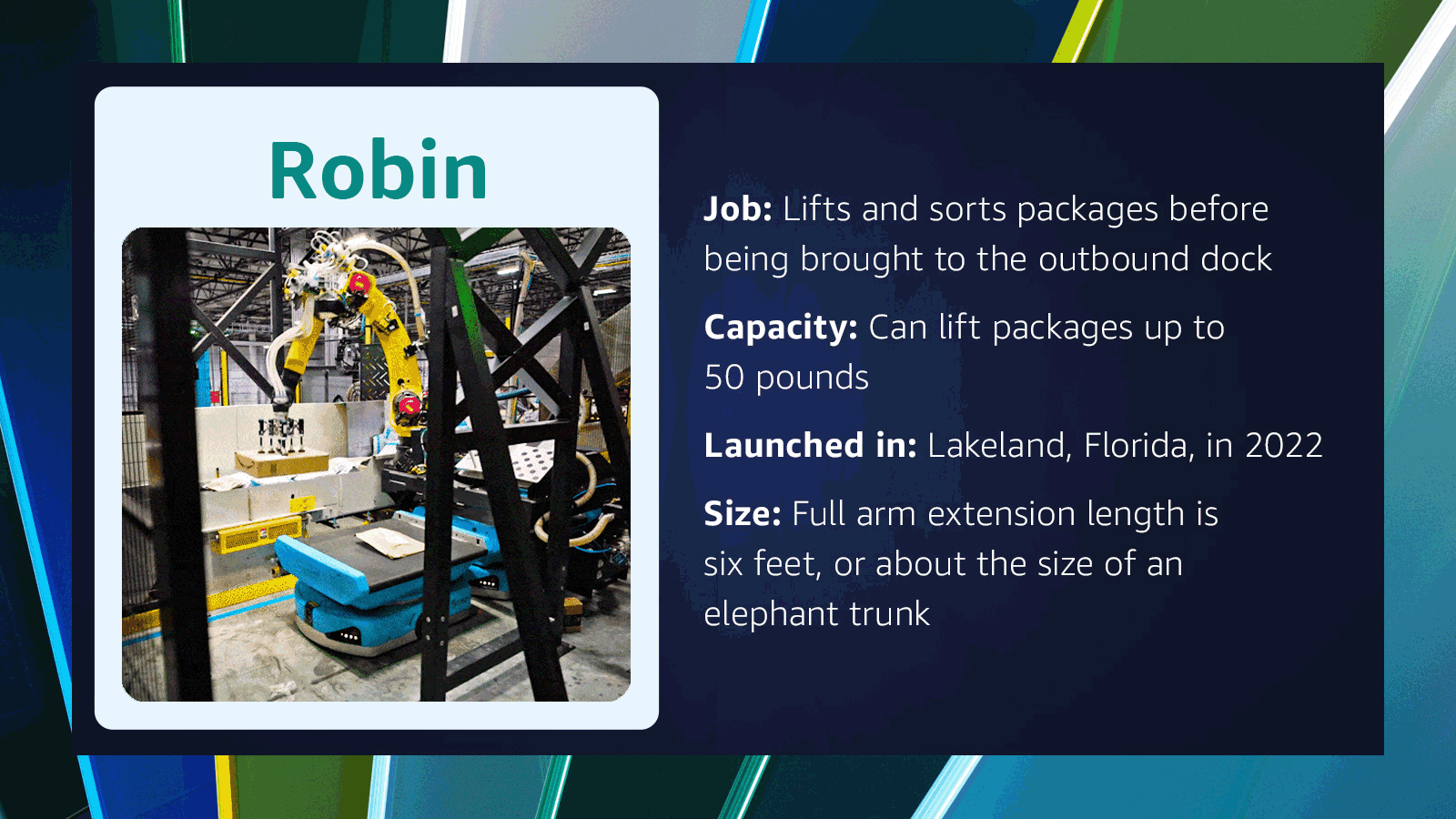
Once a package is boxed up, it starts to make its way to the outbound dock for the next leg of its journey to a customer’s doorstep. Robin was the first robotic arm ever deployed by Amazon Robotics, made to sort packages before they’re brought to the outbound dock to be placed on a truck.
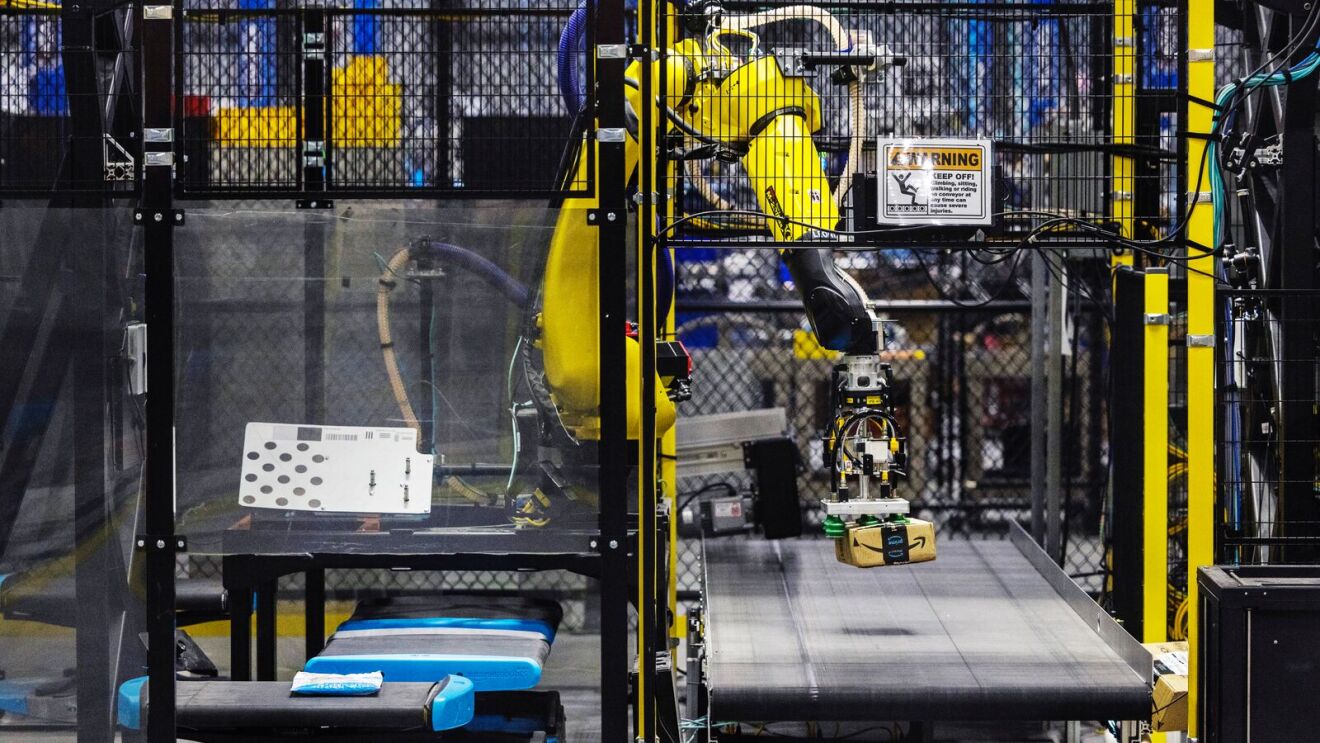
Robin grabs packages from conveyor belts and puts them onto robotic drive units to be moved to the next part of the facility. It also transfers damaged packages to ensure optimal quality control.
9. Cardinal
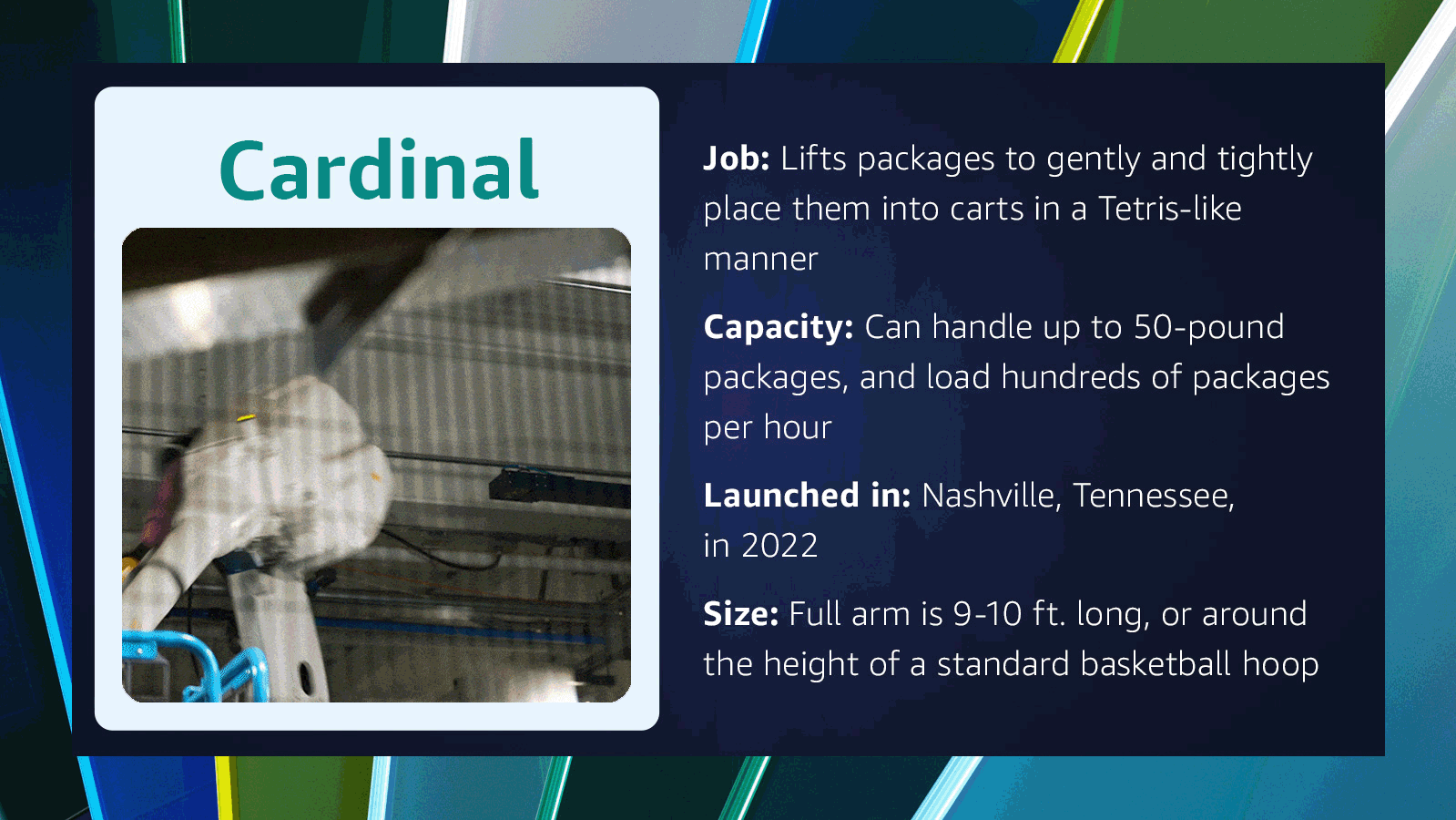
Similar to Robin, Cardinal is a robotic arm that uses advanced AI and computer vision to quickly select one package out of a pile of packages delivered via a chute, lift it with air suction, read the label, and precisely place it into the appropriate cart before it’s brought to a truck in the loading dock.
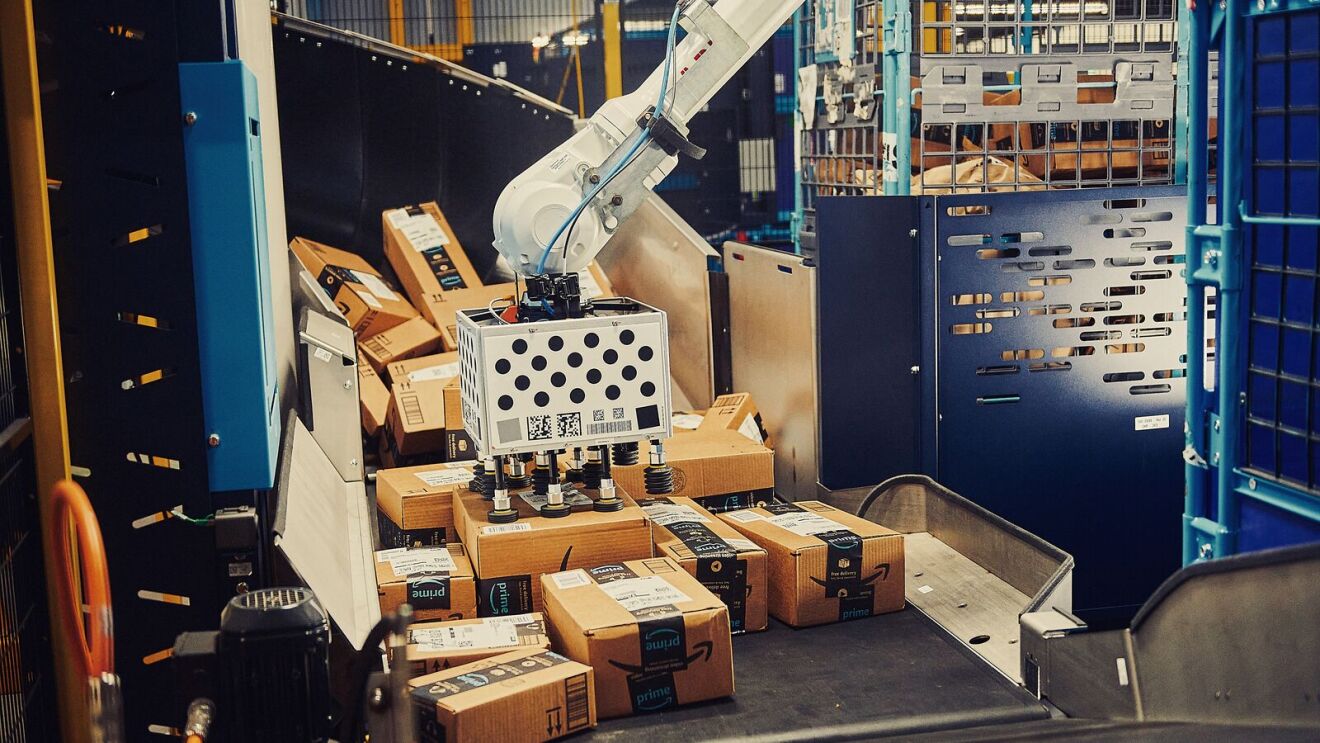
Cardinal can handle packages up to 50 pounds, which helps reduce the risk of injury for employees who would normally have to pick up larger packages.
10. Proteus
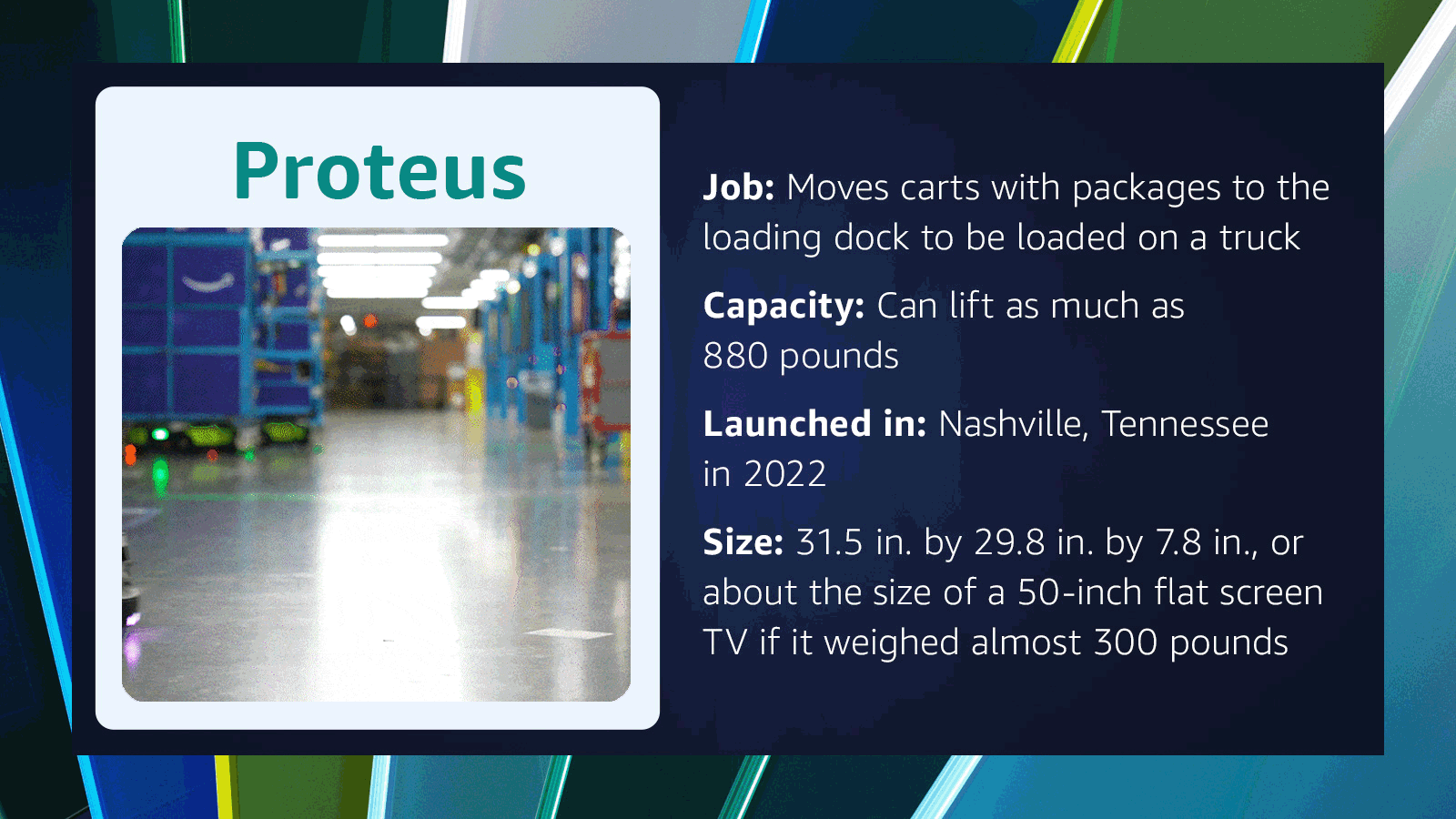
Proteus is Amazon’s first fully autonomous mobile robot, meaning it can navigate freely throughout a site using sensors to detect and avoid objects in front of it. Other mobile robots, such as Titan and Hercules, are confined to areas where only authorized robotic specialists can enter, and read barcodes that are stickered to the floor as navigation coordinates.
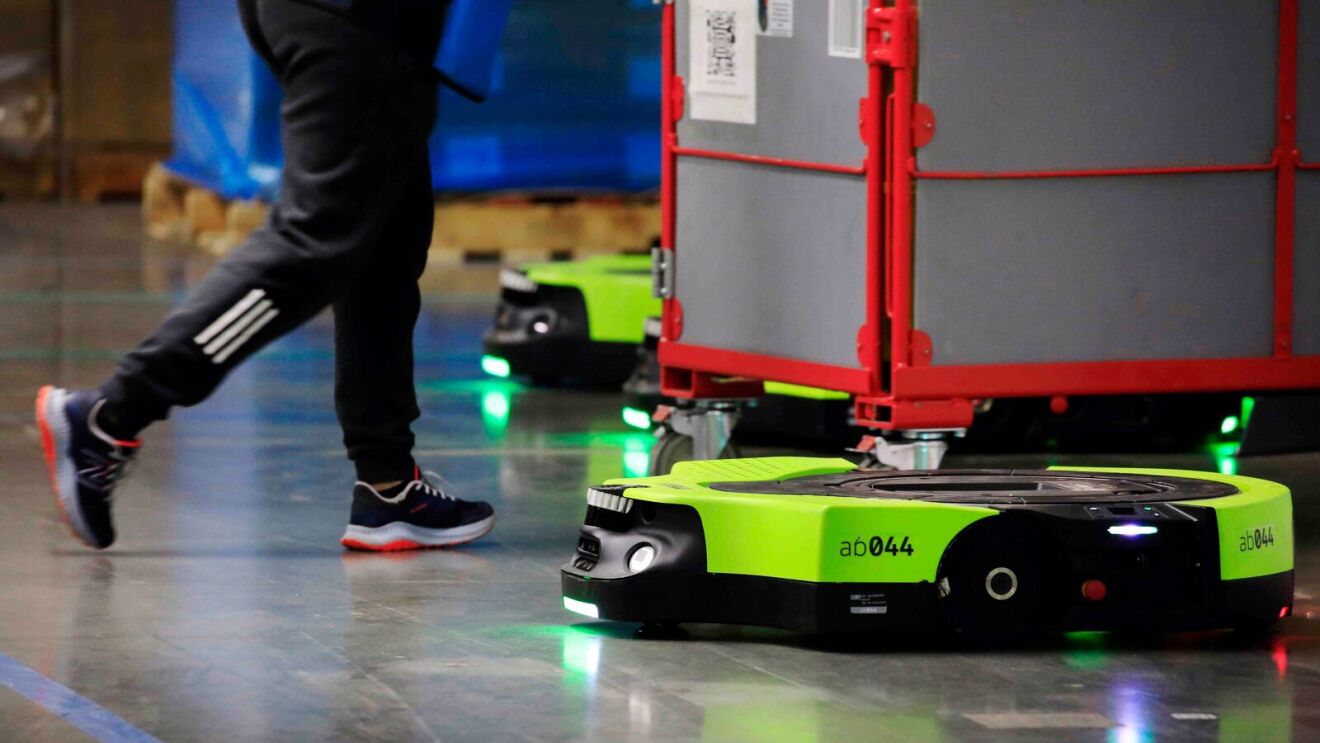
Proteus works in conjunction with Cardinal—a robotic arm that loads packages into carts—to move those carts from the outbound dock area of the fulfillment center to the loading dock, where packages are loaded onto trucks.
This story has been updated with the most recent information on Amazon Robotics.


